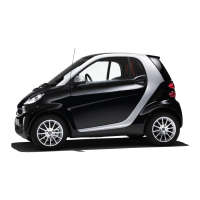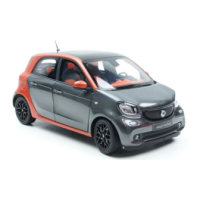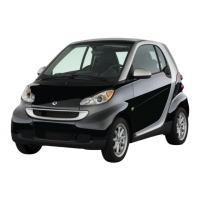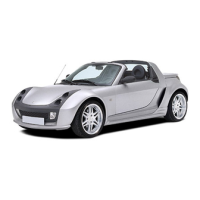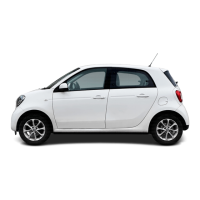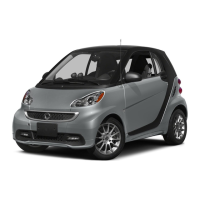high voltage battery ages due to its physi-
cal nature, and some circumstances could
accelerate this process. To maintain the
efficiency and extend the lifespan of the
high voltage battery, follow the recom-
mended practices below:
Charging
● According to the travel needs, set a
reasonable charging mode.
● Do not allow the high voltage battery to
be fully discharged. If possible, keep the
high voltage battery SOC above 20% at
all times.
● When time allows, choose regular AC
charging.
Long term parking
● The high voltage battery discharges
slowly to power the onboard electronics
even when the vehicle is not driven.
Leave the vehicle plugged in when park
for an extended period of time to pre-
vent the high voltage battery from
being fully discharged.
● Maintain the battery SOC between 50%
and 80% when park for an extended pe-
riod of time.
● Run the vehicle once every 4 weeks for
a few minutes.
● Check the high voltage battery level or
the charging connection periodically. If
the battery level is low, charge
immediately.
Temperature
● The best working temperature of the
high voltage battery is within 10°C-30°
C. If possible, it is recommended that
the vehicle is parked in a place with
suitable ambient temperature.
● The vehicle shall not be exposed to the
environment with the temperature be-
low -30°C or above 60°C for more than
24 hours.
● If the vehicle is placed in an environ-
ment with extreme outside tempera-
tures for more than 24 hours, for
example, below -30°C or above 60°C,
the charging and discharging efficiency
of the high voltage battery will be seri-
ously affected. It is recommended that
the vehicle is not exposed to the tem-
perature below -30°C or above 60°C for
more than 24 hours.
Winter driving
In order for the vehicle to be safely driven
in harsh cold conditions, it is recom-
mended to perform the following:
● Make sure the high voltage battery is in
good condition and sufficiently charged.
Cold weather places higher demand on
the high voltage battery and could
cause the battery capacity to be
reduced.
● Use winter rated windscreen washer
fluid to prevent the washer system from
malfunctioning due to ice forming.
● Install winter tyres with sufficient tread
depth. The rubber compound of summer
and all season tyres becomes hardened
at lower temperatures, and the traction
is reduced.
● Reduce speed, and avoid heavy braking
and rapid acceleration on slippery
roads.
In case of snow and ice built-up on the
vehicle:
When snow and ice accumulate on the ve-
hicle, remove the snow from the vehicle
and remove the ice from the windscreen
with a snow scrapper, and defrost the ve-
hicle fully before driving to prevent the
driver’s vision from being adversely af-
fected. If any of the door handles is frozen
in place, do not try to release it with tools
or excessive force. It is recommended to
deactivate the outside rearview mirror au-
to-fold function, as the folding and unfold-
ing motion can be obstructed by snow and
ice.
Drive modes
Overview of the drive modes
You can select the drive mode (→ Page
102) on the centre display.
Depending on the drive mode selected, the
following vehicle characteristics could
change:
● Drive
Driving and parking 101

